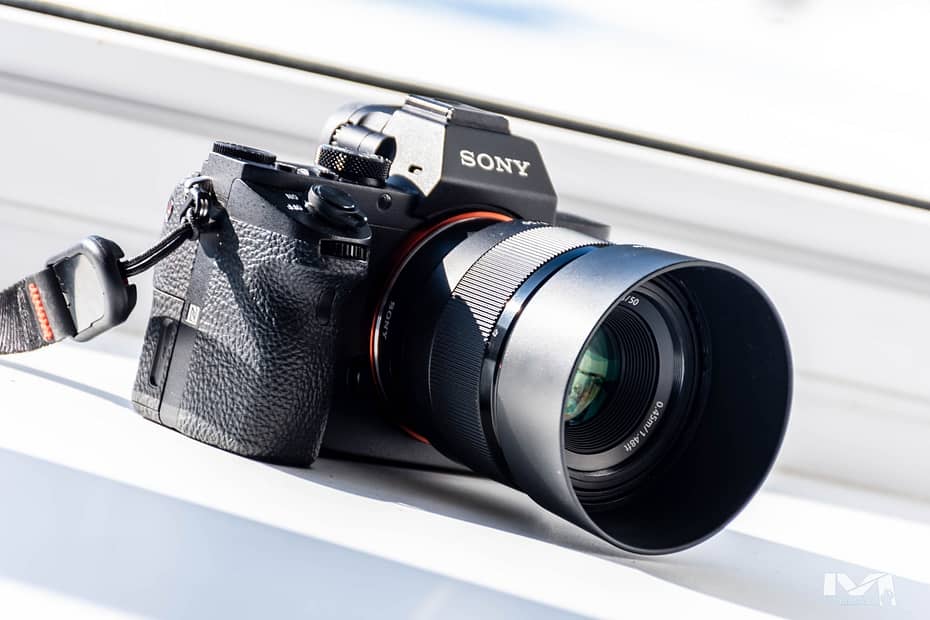Several months ago, I decided, finally, to try out a mirrorless camera. My reasons for transitioning to a mirrorless camera, to be honest, was not voluntary but rather due to smart marketing and constant ‘nudging’ by some influencers. Secondly, and the most important reason was that Sony a7rii went on sale for a little over $1200 body and kit lens (the lens was not that good).
It has been four months now since I started transitioning to a mirrorless camera systems. Along the way, I have bought three more lenses, a 50mm prime, 85mm prime, and a24-105 zoom. Here are my thoughts from my experience in case you are contemplating on changing camera systems. Let’s start with what I like.

The first thing I liked was the size and weight. Mirrorless cameras are smaller and lighter than their DSLR counterparts. Sony a7ii weighs around 550 grams compared to Nikon d750, which weighs 750 grams. This difference in weight means you can comfortably carry around the camera for long periods. I had an all-day event to cover, and my camera then was Nikon d750 coupled with 24-70 f2.8 my arm and neck were sore from holding the camera and my neck from hold all the weight. Although the mirrorless camera would be heavy with a fast lens, the reduced weight of the camera will make a huge difference.
The second thing is how quiet the camera is. One of my pet-peeves with DSLR was the sound it makes when taking a picture. You know the sound of the mirror going up so the camera can take the image. The clicking sound can be annoying, especially when shoot events that somber. I have experienced this shooting a religious event. There were times during the event that it was quiet, and all you could hear was the shutter noise. The videographer had to politely ask me not to shoot too close to him because of the shutter noise. The absence of a mirror in mirrorless cameras reduces in some camera even eliminated the clicking shutter noise.
The third thing I like is debatable. Nevertheless, it is my opinion and experience; hence I will add it. It is image quality. The images are cleaner and crispier than my DSLR (zoomed-in Lightroom the images are less noisy). I should qualify this statement by saying that this may not necessarily apply to all mirrorless cameras. Sony being the pioneer in the mirrorless camera field, may have a technical/experience advantage over other mirrorless camera manufacturers. Nevertheless, the image quality and low light performance ‘am getting from Sony a7ii is much better than the other DSLR camera I own.

It’s not all good with mirrorless cameras. The problem I have faced is battery life. You cannot shoot for along time without draining the battery. Where I need an extra battery, with DSLR, I need two additional batteries when shooting with a mirrorless camera. I understand that in subsequent cameras, battery life is better.
The biggest issue with mirrorless cameras is not technical but rather ergonomic. The feel of a mirrorless camera is not the same as a DSLR. Because of there small size, mirrorless cameras don’t grip the way as DSLR cameras do. Those with large palms will find it particularly difficult to hold the camera. There extended grips on the market that do help with grip issues.
Overall, transitioning to a mirrorless camera has been a very good move for me and I would recommend this camera system. It is not cheap, but the benefits of a mirrorless system far out weight the cost involved. Click here for Sony a7rii specs.
- Adobe Firefly: Artificial Intelligence Revolution - April 4, 2023
- Why Lumina Neo Is Worth Buying - June 20, 2022
- Galaxy S22 Ultra: Camera Phone for Photographers - April 13, 2022

